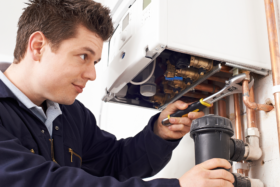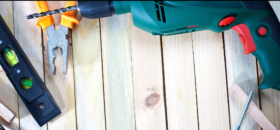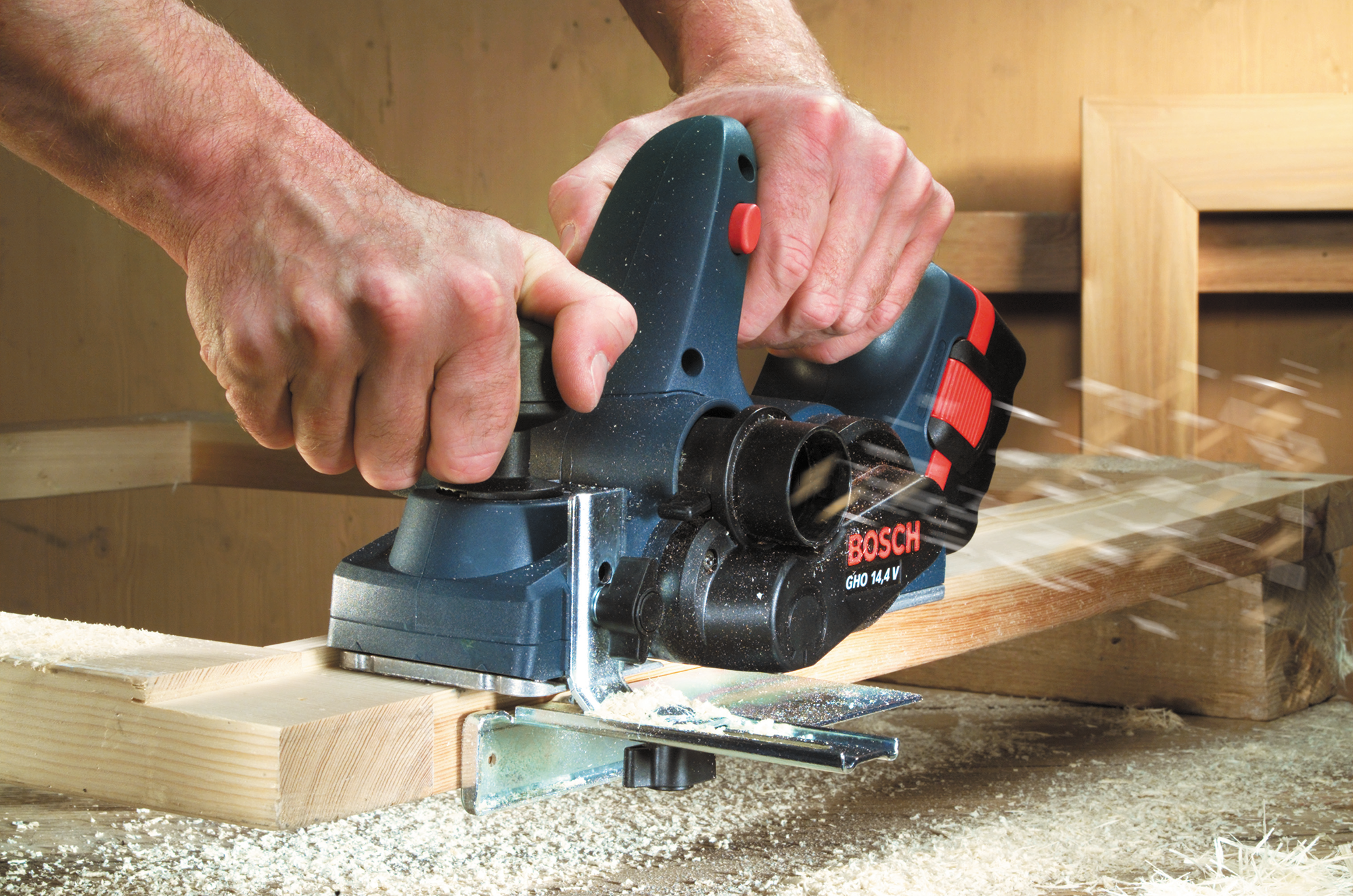What is the most important aspect of the day-to-day running of your site? Costings? Scheduling? No. It’s safety and making sure that the risks to yourself and other workers are kept to a minimum.
The responsibility to a safe working environment falls to the site manager or person designated as being in charge of safety. It is their job to carry out a risk assessment for each part of a job, ranging from clearing away debris before allowing workers to carry materials on to the site, to safety procedures such as using the correct access and fall arrest equipment when roofing.
The best starting point is the Health and Safety Executive (HSE) website and its free booklet An Introduction to Health and Safety. This practical overview of responsibilities and common hazards includes links to the many free download leaflets dealing with site work, such as working at heights, manual handling, trip hazards, etc. If you, as a self-builder, are the site manager, make sure you have all the necessary posters, information sheets and signage ready for the first day of the build.
Even before buying clothing and safety equipment, make sure that you, or your site manager, have an accident book and a first aid kit, which can’t just be a notepad with ‘accident book’ on the front. To comply with the Data Protection Act, pages must be perforated so that accident notes can be filed away and not left for all to see. Screwfix and www.firstaid4less.co.uk can supply first aid kits in different sizes, according to the number of people on site. Your kits must be HSE compliant.
Clothing
High-visibility (hi-vis) jackets are essential for all construction workers and do just what they say – making other workers and machinery operators instantly aware of each other’s position. Prices start at about £6.50 for a hi-vis bib, but in the colder weather you may want to invest in a fleece or bomber jacket version.
Whatever other clothing you choose should be comfortable, with plenty of deep, zippered pockets so that tapes, pencils and phones can be stored away. Trousers with pockets for kneepads are a good idea for working on floors. Snickers, DeWalt and Fristads are all reliable brands.
Protection from the weather is an integral part of minimising risks – jeans and T-shirts are usually OK but when they get wet, working becomes uncomfortable. Look for Gore-Tex material for the ultimate comfort in winter workwear. It works just like a breather membrane on a wall, letting moisture out but stopping water penetrating from the outside.
Ear defenders
A well-fitting pair of ear defenders is essential for use with noisier machinery such as breakers or planer thicknessers. It’s a good idea to stock your safety kit with a pack of disposable foam ear plugs as well. These aren’t intended to replace the ear defenders but are useful as a way for nearby workers to reduce the effect of background noise. Ear defenders cost less than £5 for a basic set, while earplugs are a few pence each.
Footwear
At one time, heavy duty steel-capped boots were the only option for the construction worker, but now manufacturers such as Erbauer and DeWalt make lighter-weight trainers and hiker-style boots that have the same steel toe cap protection essential on any site combined with a much more flexible sole and lighter weight upper. The result is footwear that’s less tiring to wear in all but the most inhospitable conditions. Anything that reduces fatigue will improve safety.
Gloves
Don’t just grab any old pair – have several sets and assess each job before choosing the best for the task. Many tools, such as angle grinders, should only be used when wearing sturdy work gloves. Others such as framing nailers and certain drills need maximum manual dexterity and extra grip, making fingerless gloves a better option than a general-purpose glove.
Your safety kit should include several pairs of gloves for different tasks. A box of cheap latex gloves is ideal for painting and finishing work; gripper gloves with a woven rubberised pattern on the palm can be used for safely moving timber or other materials, while a heavy-duty leather gauntlet is better for rough groundwork. There are also Teflon gloves for working with abrasive materials and gel-padded gloves designed to reduce the effects of vibration when using breakers and hammer drills.
Respirators
Fine dust and fibres are an everyday hazard on a building site. Nearly all power tools create some fine dust and greater use of insulation these days has introduced more microfibres into the self-build environment. Just like gloves, one respirator won’t be ideal for every job. A lightweight ‘nuisance’ mask is useless in protecting your lungs against the dust particles generated by a router, for example.
Manufacturers’ websites should be able to give you the necessary information to select your respirator or mask. The filter capacity and use will be marked on the label. For example, a cotton, valved mask may be labelled P1 but a dedicated respirator with detachable filters may be P2.
Headgear
Your building site will be designated a hard hat area so invest in a comfortable version. There are basic four-point harness models for just a couple of pounds, but for a little more you can have a more comfortable six-point harness hat with rain channel (to stop water running down your neck) – all are made to conform to the general EN397 safety standard.
Power tool safety
- Always keep the instructions for each tool in the kit box and make sure everything is in good condition. Of course, anyone using a piece of equipment should be familiar with the safety and operating instructions
- Replace damaged power cords and make sure any blades are sharp, with no signs of chips or cracking
- Never be tempted to remove guarding from any tool – it’s there for a reason
- Disconnect tools from the electricity supply before carrying out any adjustments. With cordless tools, take out the battery
- Make sure that the work is securely fixed and clear of nails, screws and loose knots before cutting
- Make sure that you have securely tightened up any adjustable controls, for example on a router or planer, before operating them and keep all spanners and allen keys in the kit box for that tool. Alternatively, securely fix them to the tool itself
- Work methodically and keep the work area tidy. Clean up sawdust and off-cuts as you work. Sawdust can make a chipboard floor like an ice rink.
- When you’ve finished using a particular machine such as a site saw, switch it off and disconnect it from the power source


































































































 Login/register to save Article for later
Login/register to save Article for later












Comments are closed.